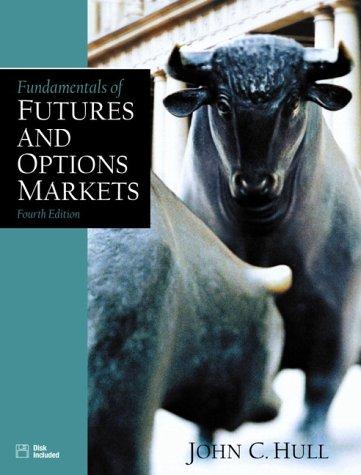
Question 5 The table below sets out the monthly total return, market capitalization, and research spending for ten firms over the four months from January 2020 to April 2020 inclusive. Each figure was observed at the end of the corresponding month. Jan Feb Mar Apr Firm1 9% -8% -3% 10% Firm2 -9% 10% -10% -10% Firm3 -3% -6% -1% -4% Monthly Return (%) Firm4 Firm5 Firm6 Firm7 5% 10% -3% 5% -7% 1% -2% -7% -7% 2% 0% -5% 4% 9% 8% -2% Firm8 10% 6% -7% 2% Firm9 5% 4% 6% 4% Firm10 -10% 9% 10% 4% Jan Feb Mar Apr Firm1 306 282 273 300 Market Capitalization ($bn) Firm2 Firm3 Firm4 Firm5 Firm6 Firm7 Firm8 Firm 9 Firm10 255 505693104147310 432 546 612 281 | 475 644 105 144 288458568667 252470 599 107 | 144 274 426 602 734 227 451 623 117 156 268 434 626 763 Jan Feb Mar Apr Firm1 Firm2 0% 11% 1% 17% 12% 11% 18% 0% Firm3 5% 4% 9% 13% Research Spending (%) Firm4 Firm5 Firm6 Firm7 0% 2% 17% 13% 4% 3% 20% 7% 4% | 10% 15% 14% 2% 0% 14% 1% Firm8 7% 20% 3% 16% Firm9 Firm10 2% 3% 7% 0% 8% 4% 4% 18% a) Calculate the value-weighted average returns in April 2020 for each of the quintile portfolios formed by sorting on lagged Research Spending. Use lagged market capitalization for calculating value-weighted returns. (Hint: There are five quintile portfolios, each containing one fifth of all the stocks.) b) Calculate the value-weighted quintile hedge portfolio returns (aka factor portfolio returns equal to Quintile 5 minus Quintile 1 returns) in February, March, and April 2020. c) Briefly explain why portfolios need to be sorted on lagged Research Spending to test return predictability. Question 5 The table below sets out the monthly total return, market capitalization, and research spending for ten firms over the four months from January 2020 to April 2020 inclusive. Each figure was observed at the end of the corresponding month. Jan Feb Mar Apr Firm1 9% -8% -3% 10% Firm2 -9% 10% -10% -10% Firm3 -3% -6% -1% -4% Monthly Return (%) Firm4 Firm5 Firm6 Firm7 5% 10% -3% 5% -7% 1% -2% -7% -7% 2% 0% -5% 4% 9% 8% -2% Firm8 10% 6% -7% 2% Firm9 5% 4% 6% 4% Firm10 -10% 9% 10% 4% Jan Feb Mar Apr Firm1 306 282 273 300 Market Capitalization ($bn) Firm2 Firm3 Firm4 Firm5 Firm6 Firm7 Firm8 Firm 9 Firm10 255 505693104147310 432 546 612 281 | 475 644 105 144 288458568667 252470 599 107 | 144 274 426 602 734 227 451 623 117 156 268 434 626 763 Jan Feb Mar Apr Firm1 Firm2 0% 11% 1% 17% 12% 11% 18% 0% Firm3 5% 4% 9% 13% Research Spending (%) Firm4 Firm5 Firm6 Firm7 0% 2% 17% 13% 4% 3% 20% 7% 4% | 10% 15% 14% 2% 0% 14% 1% Firm8 7% 20% 3% 16% Firm9 Firm10 2% 3% 7% 0% 8% 4% 4% 18% a) Calculate the value-weighted average returns in April 2020 for each of the quintile portfolios formed by sorting on lagged Research Spending. Use lagged market capitalization for calculating value-weighted returns. (Hint: There are five quintile portfolios, each containing one fifth of all the stocks.) b) Calculate the value-weighted quintile hedge portfolio returns (aka factor portfolio returns equal to Quintile 5 minus Quintile 1 returns) in February, March, and April 2020. c) Briefly explain why portfolios need to be sorted on lagged Research Spending to test return predictability







